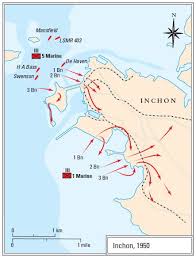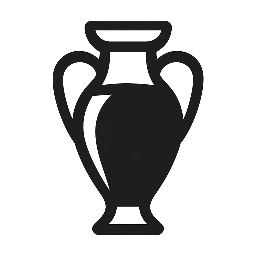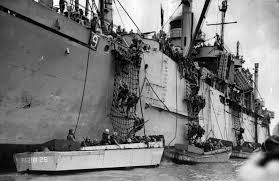Your basket is currently empty!
Introduction
The Battle of Inchon, fought from September 15 to 19, 1950, stands as one of the most daring and successful amphibious operations in modern military history. Led by General Douglas MacArthur, the United Nations (UN) forces, primarily composed of U.S. Marines and Army troops, landed behind enemy lines at the port city of Inchon, Korea. The operation dramatically shifted the balance of the Korean War in favor of the UN forces.
The Strategic Situation Before Inchon
By mid-1950, North Korean forces had invaded South Korea and pushed UN and South Korean troops into a narrow defensive perimeter around Pusan, in the southeast. The war seemed nearly lost for the South. The need for a bold counterattack was urgent.
MacArthur’s Controversial Plan
General MacArthur proposed an amphibious landing far behind enemy lines—at Inchon, a heavily fortified port with extreme tidal variations, narrow approaches, and urban terrain. Military advisors warned against it, calling it too risky. But MacArthur insisted, believing that a successful landing would cut off North Korean supply lines and force a rapid retreat.
The Amphibious Landing: September 15, 1950

On the morning of September 15, the operation—codenamed Operation Chromite—began. Nearly 75,000 troops and over 260 naval vessels were involved. The U.S. X Corps, led by the 1st Marine Division, stormed the beaches at Red Beach and Blue Beach.
Despite the challenging geography, resistance was lighter than expected. Inchon was captured swiftly, and by September 16, UN forces had begun their push inland.
The Liberation of Seoul
The real prize was Seoul, the South Korean capital. UN troops advanced rapidly and, after intense urban combat, recaptured Seoul on September 28, 1950. This was a symbolic and strategic victory that demoralized the North Korean People’s Army (KPA).
Aftermath and Historical Impact
The Inchon Landing was a turning point in the Korean War. It forced North Korean forces into a full-scale retreat, allowing UN troops to break out of the Pusan Perimeter and go on the offensive. However, the war would continue, with Chinese intervention later shifting momentum again.
Still, Inchon is widely regarded as a masterstroke of military planning and execution. MacArthur’s gamble paid off and is studied in military academies worldwide as a textbook example of amphibious warfare.
Key Facts at a Glance:
| Fact | Details |
|---|---|
| Date | September 15–19, 1950 |
| Location | Inchon, South Korea |
| Operation Name | Operation Chromite |
| Commanders | General Douglas MacArthur (UN); General Kim Chaek (North Korea) |
| Result | Decisive UN victory |
| Strategic Outcome | Liberation of Seoul; UN breakout from Pusan Perimeter |
Why the Battle of Inchon Still Matters
The Battle of Inchon demonstrates the power of audacity in warfare. Against all odds, MacArthur’s plan worked because of meticulous planning, superior logistics, and the element of surprise. It remains a defining moment in Cold War-era military history and a symbol of effective joint operations.
Explore more historical war machines on our Historic Battles site.

